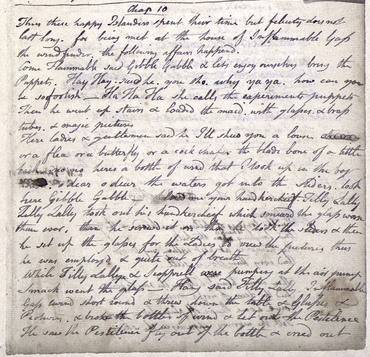The funny thing about digital projects is that in addition to their online presence, they also exist in the real world. We’ve spent a lot of time over the past year increasing our web-based activity (this blog, twitter, participating in Day of DH and so on) but as we approach the start of the new academic year, I find myself confronting problems that are real, tangible, material. For example, how on earth can I find a time when twelve busy people are all available to meet? And even if that’s possible, where are we going to meet? Is the summer construction around the office going to be finished in time for the new semester? And why is the carpet in our office permanently wrinkled (a question I lose sleep over because I’m worried that someone’s going to trip over and do themselves a horrible injury)?
The point of this post is not to complain about my problems, but to talk about the real-life work that goes into creating and maintaining the Blake Archive. The photo that accompanied Megan’s post last week reminded me of the amount of stuff that is necessary for effective proofing, and the same is true for transcription, planning, blog-post writing and all of the tasks that comprise our days at BAND. And it’s not just about stuff, but people too: our group meets once a week in order to update each other on our progress, to ask questions and share solutions; we make sure to hold office hours at similar time s to bounce ideas around and offer comfort while weeping over Blake’s more illegible bits of handwriting; and communication between distant members of the Blake Archive is kept up daily, thanks to the project’s listserv.
Increasingly, DH projects are celebrating the everyday work behind their online faces. Blogs like this one (some of my favourite reads here, here and here), the publication of technological and editorial documentation and information about future plans are now a standard in the world of DH, and I’m glad that the Blake Archive is doing this too. More than a gimmicky “extra” I think that glimpses of behind-the-scenes work is increasingly important, especially in the Humanities where suspicion of the digital still lingers.




